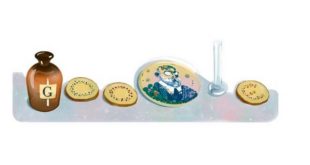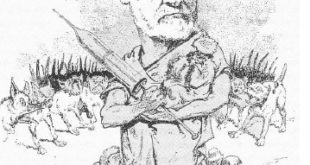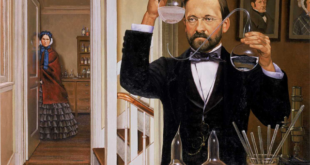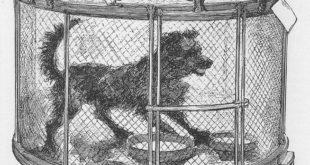Originally published in “The Outside World” A General History for Standard VI.,
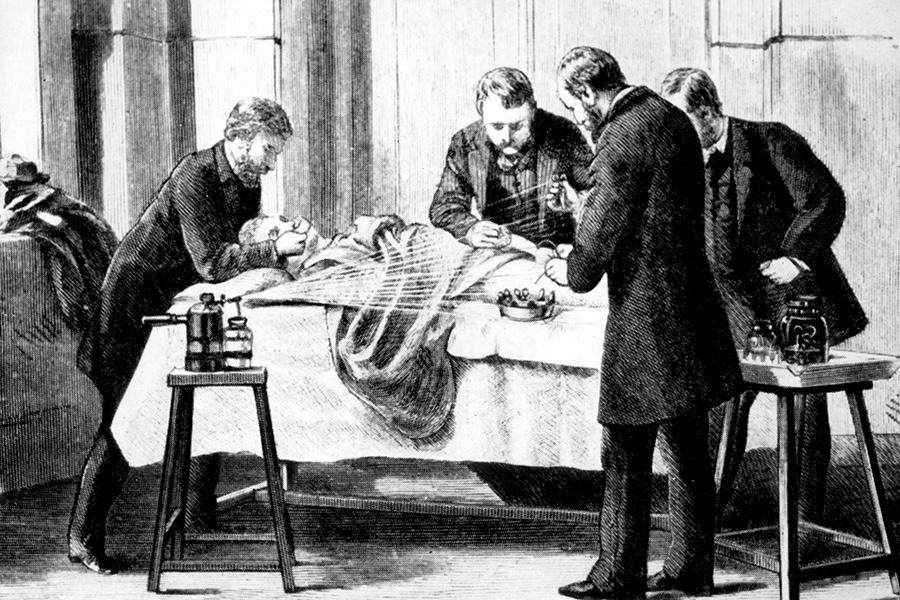
The last hundred years have seen great progress in the fight against disease. Half a century before laughing gas was made of use to ease pain, it had been discovered by SIR HUMPHRY DAVY, but his discovery had not been practically applied.
The successful introduction of anaesthetics for operations was the work of JAMES SIMPSON, a doctor of Edinburgh. He experimented upon himself and two friends with chloroform and found it produced temporary unconsciousness. Accordingly he used it with great success for an operation a few days afterwards, his patient being quite unconscious during the process.
Vaccination against smallpox on scientific methods practiced by EDWARD JENNER at the end of the eighteenth century. This virulent disease became considerably less serious after the scientist had discovered that the introduction of matter from an animal with cowpox into the human body provided a form on inoculation against the disease.
Doctors were considerably worried by the fact that many patients, upon whom successful operations had been performed, died as their wounds refused to heal. LOUIS PASTEUR, the French scientist, proved that if the wound could be kept clean and the entry of germs prevented, the deaths after the operation would decrease considerably. Working upon the discoveries of Pasteur, JOSEPH LISTER treated wounds with carbolic acid to keep them clean, introduced a protective bandage of cyanide gauze, and had the surgeons’ instruments thoroughly disinfected. The success of his methods showed Pasteur’s theories to be correct.
 Pasteur Brewing Louis Pasteur – Science, Health, and Brewing
Pasteur Brewing Louis Pasteur – Science, Health, and Brewing 